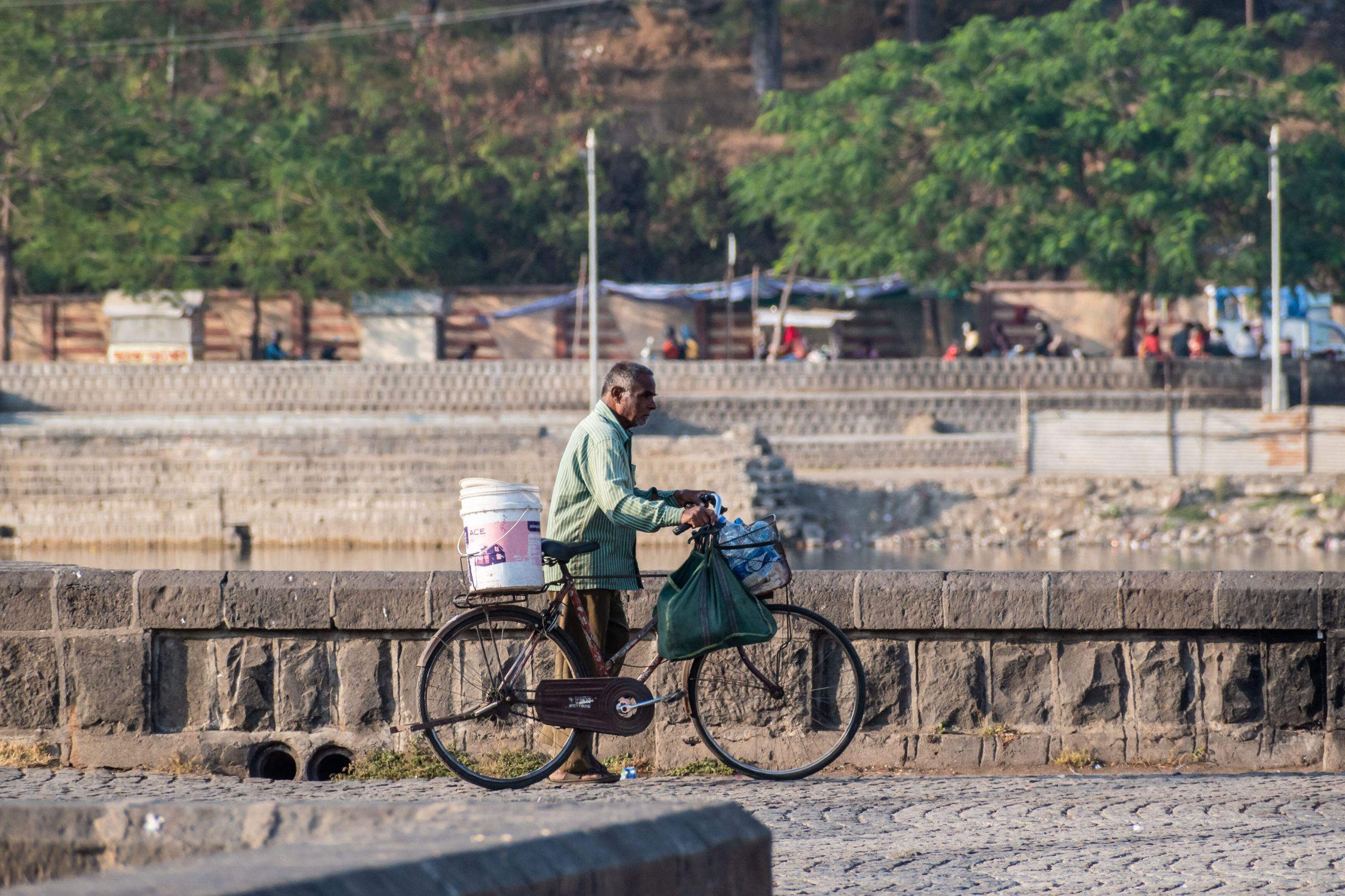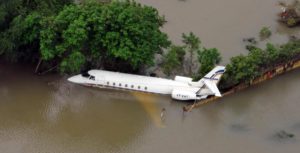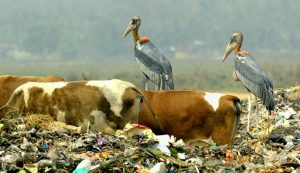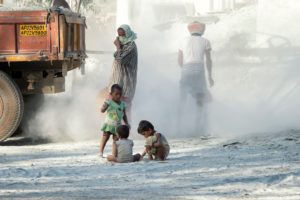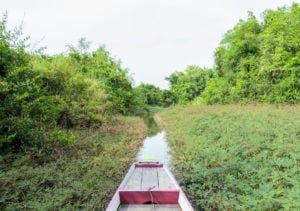Cities are major sources of greenhouse emissions, globally producing more than 60% of planet-warming gases. At the same time, urban areas are vulnerable to the impacts of climate change, particularly in Asia, where 99 of the 100 cities most exposed to environmental risks are.
Many cities are therefore putting together plans that combine reducing emissions with adapting to a changing climate. These plans have much in common, and there is considerable scope for cities to learn from one another.
Since 2012, 14 South Asian cities have adopted or are collaborating on an Urban Low Emissions Development Strategy (Urban-LEDS). Urban-LEDS is an initiative by UN-Habitat and NGO ICLEI, which work with cities to accelerate development that is low-emission, resilient and inclusive, integrating this into existing development plans and processes. The aim is to achieve healthy cities that sustainably provide basic services to all, while ensuring economic productivity.
Narayanganj and Rajshahi in Bangladesh, and Nagpur and Thane in India are four examples of cities that used Urban-LEDS to develop their adaptation plans, in partnership with ICLEI South Asia.
Narayanganj to cut CO2 by hundreds of thousands of tonnes
Narayanganj’s adaptation plan, written in 2022, strives to achieve an annual greenhouse gas emission reduction of 12.6% by 2026-27 from a 2018-19 baseline. To do this, the city government identified a mitigation potential of 133,346 tonnes of carbon dioxide per year by 2026-27 while addressing local climate risks through initiatives around solid waste, buildings, transport, water supply, street lighting, wastewater and drainage, urban biodiversity and air quality.
Narayanganj has installed four air quality monitoring systems, which provide information to citizens on display boards at prominent places. Rooftop solar panel systems on two public buildings have led to energy savings of about 15,023 kWh and reduced emissions by 9,735 tonnes of CO2 for each building.
The city government has also sought funding to revive its surface water sources and networks.
Managing heat sustainably in Rajshahi
Rajshahi’s plan developed a vision of a city that sustainably manages the risks of drought, heat and water scarcity, while cutting emissions.
The local government wants to reduce its greenhouse gas emissions by 9.64% every year by 2026-27, using 2017-18 as a baseline. Its Climate Resilient City Action Plan, which is part of the Urban-LEDS and was approved in December 2021, identifies actions with the total mitigation potential of 60,748 tonnes of carbon dioxide equivalent every year, and addresses local climate risks in many of the same areas as Narayanganj.
A city-level natural asset map was prepared, with a demonstration project in the river embankment to create a public space that is rich in biodiversity and supports ecosystem services.
Energy efficiency was a core feature of the plan. The Rajshahi City Corporation retrofitted its office with energy-efficient devices. Across the city, it plans to reduce electricity consumption by 10.7% a year, and has also sought funding for electric minibuses.
Nagpur to cut emissions by 20%
Nagpur started in 2018 with the heat action plan that was first developed in Ahmedabad and has since been adopted by many cities in South Asia. Its Urban-LEDS plan says it will reduce emissions by 20% by 2025 from 2017-18 levels, and identified actions with a mitigation potential of 614,376 tonnes of CO2 per year by 2025-26.
The Nagpur government also wanted to focus on enhancing biodiversity in the city. The local government surveyed a section of the city’s trees, prepared a city-wide natural asset map and distributed a tree handbook to raise awareness.
Rainwater-harvesting systems with sensors that monitor groundwater recharge have been installed at two government-run schools. Nagpur now also has a children’s ‘climate resilient park’, which focused on planting local species, urban farming, bird feeders, rainwater harvesting, a sensory walkway, tree labels and information boards on sustainable lifestyles.
The city government has sought funding to buy bicycles that citizens can hire. The plan is for them to be available at bus stops and railway stations for last-mile connectivity.
Natural flood control in Thane
The Thane city government aims to reduce annual emission by 22% from the 2017-18 baseline by 2025-26. For this, it has identified actions with a mitigation potential of 511,338 tonnes of CO2 equivalent on an annual basis by 2025-26.
Thane is in a high-rainfall zone and also faces the impacts of sea level rise. The Thane Urban Flood Alert Network developed under the Urban-LEDS project has already been tested by flooding. The government estimates that trees, mangroves and soil in the city can sequester over 1.6 million tonnes of CO2.
The local government has identified factors such as the city’s location, unauthorised settlements, encroachments, inadequate urban infrastructure and transportation, insufficient access to basic municipal services, and poor economic conditions as contributing to vulnerability.
Common priorities, common solutions
Many of the problems facing these four cities, along with thousands of others throughout South Asia, are similar – such as inadequate waste management creating greenhouse gas emissions, and loss of green cover that is also a carbon sink.
The solutions are also similar. The plans commonly feature ways to improve waste management, increase tree cover, and install solar rooftop systems starting with institutional buildings. Under the Urban-LEDS project, city governments exchange their experiences – both the challenges and successes. There is considerable scope for more regional cooperation in urban adaptation schemes.
This work is part of a collaborative editorial series between the World Bank, ICIMOD and The Third Pole that brings together climate experts and regional voices on “Regional Cooperation for Climate Resilience in South Asia”. The views and opinions expressed by the author are their own. The series has been funded by the United Kingdom’s Foreign, Commonwealth and Development Office through the Program for Asia Resilience to Climate Change – a trust fund administered by the World Bank.
